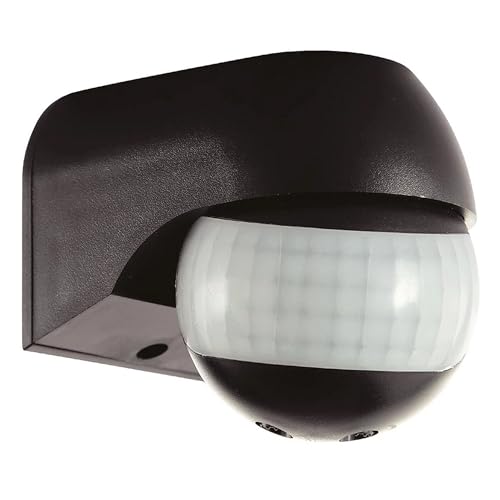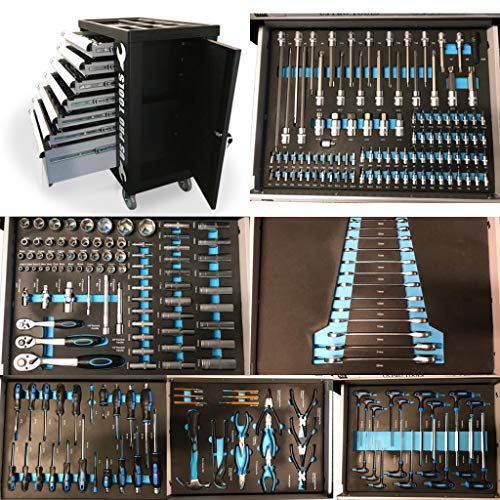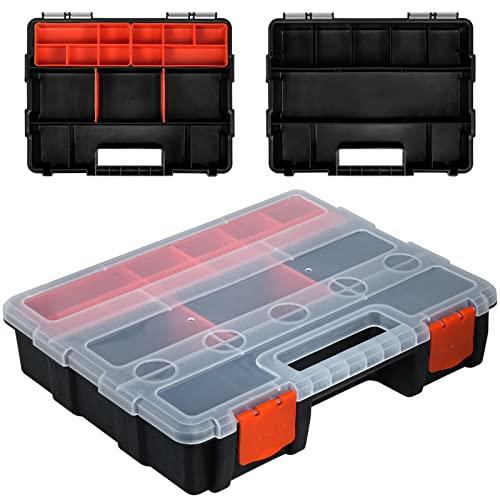Understanding Motion Sensors: How They Work and Their Benefits
How Do Motion Sensors Operate?
Motion sensors are devices designed to detect movement within a designated area. They primarily operate using various technologies: passive infrared sensors (PIR) detect changes in heat emitted by people and animals, microwave sensors send out microwave pulses and measure their reflection, while dual-technology sensors combine both methods to improve accuracy. When motion is detected, these sensors can trigger alarms, lights, or other systems, helping enhance home security and energy efficiency.
Benefits of Motion Sensors
Investing in motion sensors can provide numerous benefits. For instance, they significantly improve home security by alerting you to unexpected movements, deterring potential intruders. Additionally, they can help save on energy costs; for example, lights that only turn on when someone enters a room ensure that power isn’t wasted when areas are unoccupied. Furthermore, they can add convenience to daily life by automating lighting, which is especially beneficial in dark corridors or when your hands are full.
Types of Motion Sensors: Choosing the Right One for Your Needs
Different Technologies Explained
When it comes to choosing a motion sensor, understanding the different types can help us make an informed decision. Passive Infrared Sensors (PIR) are ideal for detecting heat signatures, making them suitable for indoor security systems. On the other hand, if we want a sensor that can cover a wider area and is less likely to trigger false alarms from pets, we might opt for microwave sensors. For those who require the best of both worlds, dual-technology sensors offer a great solution, enhancing reliability and accuracy.
Indoor vs Outdoor Applications
When selecting a motion sensor, consider where it will be used. Indoor sensors generally have a smaller detection range and are designed to avoid false alarms from pets or small movements. Outdoor sensors, however, tend to have a higher sensitivity and greater range to cover larger outdoor areas. They are often weather-resistant and can withstand varying environmental conditions, making them suitable for porch lights or garden security.
Key Features to Look for in Motion Sensors: What Matters Most
Sensitivity and Range
When evaluating motion sensors, two important features are sensitivity and detection range. A sensor with adjustable sensitivity gives us the option to filter out smaller movements that may result in false alerts, which is especially useful in homes with pets. The detection range is crucial, as it determines how far away the sensor can detect movement; typically, ranges from 5 to 15 meters are common, but we should choose one that matches our space.
Smart Technology Integration
In today’s connected world, choosing a motion sensor that integrates with smart home technology can greatly enhance our experience. Features such as smartphone notifications, compatibility with smart assistants like Alexa or Google Assistant, and the ability to connect with other smart devices can provide added convenience and control over our home environment.
Installation Tips for Motion Sensors: A Step-by-Step Guide
Preparing for Installation
Before we even think about installation, it’s crucial to select the ideal location for our motion sensor. For indoor sensors, placing them at least 2.4 meters above the ground can provide optimal coverage. For outdoor sensors, we should avoid pointing them directly at sources of heat, such as air conditioning units or sunlight, to reduce false alarms.
Step-by-Step Installation Process
For installation, we can start by marking where we want to mount the sensor, ensuring it has a clear line of sight to the detection area. We follow by drilling holes for anchors and securing the sensor’s mounting bracket. Next, we attach the sensor to the bracket, making sure it’s locked in place. If our sensor uses a wired connection, we will need to connect the appropriate wires according to the manufacturer’s instructions, ensuring all connections are secure and insulated. Finally, we can power up the unit and conduct a test run to ensure it’s working as intended.
Our Top Picks: Recommended Motion Sensors for Every Budget
Budget-Friendly Options
For those of us on a budget, there are several effective motion sensors that deliver great value. Products like the basic models of passive infrared sensors offer reliable performance without the gimmicks, ensuring good coverage and accuracy at a reasonable price. We can expect essential features like adjustable sensitivity and simple installation.
Mid-Range Choices
In the mid-range category, sensors often come with enhanced features such as smart connectivity and longer ranges. These options might include additional functionalities like voice commands or remote access through a mobile app, which can make managing our home’s security more user-friendly.
High-End Selections
For those willing to invest in high-end motion sensors, there are advanced options that provide superior technology, such as adaptive learning and integration with other smart home systems. These sensors often feature wider detection ranges, longer battery lives, and built-in cameras for added security, giving us peace of mind at home.



































